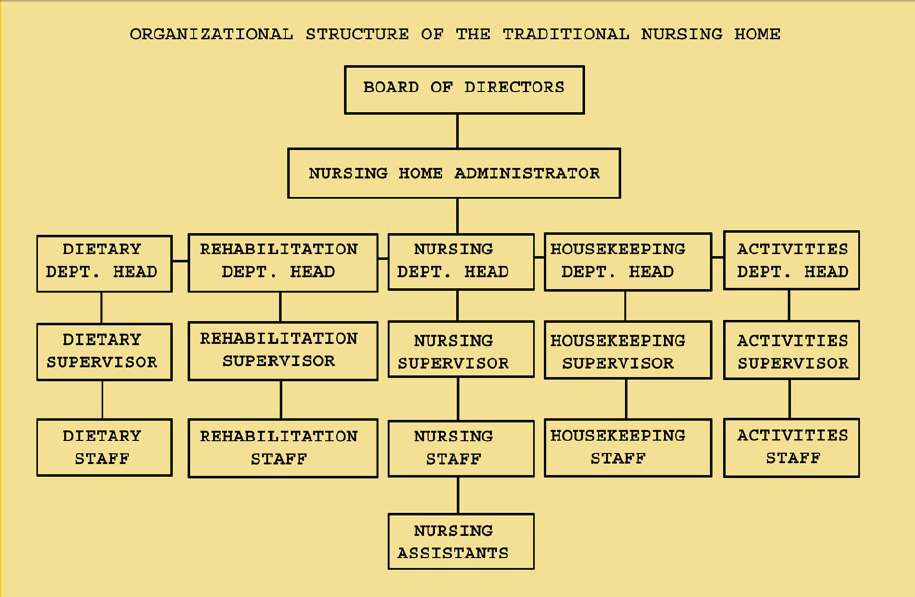This was told to me by Russell Elm, who I met in Melbourne, Australia. He was from a facility in Queensland and shared a great story about their work shed and an Elder named Doug.
I knew that Doug had spent his entire life in mechanics, machinery and maintenance.
Doug was having a pretty hard time adjusting to his new life in our aged care facility. A man’s man, he was now surrounded almost entirely by women, caregivers and residents alike. So I thought Doug might enjoy becoming part of our maintenance ‘team’ now and again.

“Would you like a cuppa tea?’ I asked Doug. “If so, come on down to our workshed.”
“No, I don’t want a cup,” Doug replied in an irritated tone of voice.
“Well, would you like to come down the shed, anyway?”
“No, I don’t want to come down to the bloody shed!”
“We’re all blokes down at the shed, you know,” I said.
Finally, after many invitations, Doug showed up at the shed. It took him ages to get down there with his walker. But once there though, we invited him to sit down and have cup of tea.
“No, I told you, I don’t want a bloody cup of tea.”
But it was obvious he enjoyed his visit and we showed him around. Took him out back where the guys hang out and have a smoke and talk. I could tell he was interested.
As he took his leave, I asked him again to come back for tea anytime.
“I’ll bring the biscuits [Australian for cookies],” he said.
“You don’t need to, there are usually plenty here,” I started to say… And then it dawned on me, and I quickly changed my reply in midstream.
“Please, bring the bikkies, Doug, and we’ll supply the tea,” I managed to say.
“Great, see you soon,” he smiled as he waved good-bye.
Russell finished his story confirming that,
“We all, including the Elders we care for (like Doug), need to be able to give care as well as receive care. Otherwise, we feel off-balance, like we’re a burden to others. So, somehow, we have to figure out ways to create the right climate where the residents are giving to us, giving to the community and giving to each other. And we need that care, too. It really made me feel good that Doug wanted to visit us and wanted to treat us to biscuits.”
I love the affectionate way that Australians talk. They often shorten words and end them with ‘ie’, like ‘bikkies’ for biscuits, ‘rezzies’ for residents’, ‘barbie’ for barbeque. They also create fun descriptive words out of common things. For example, ‘sausage sizzles’ for bratwurst and ‘fairy floss’ for cotton candy. Wouldn’t it be great if we put a little more fun and affection into our English!



